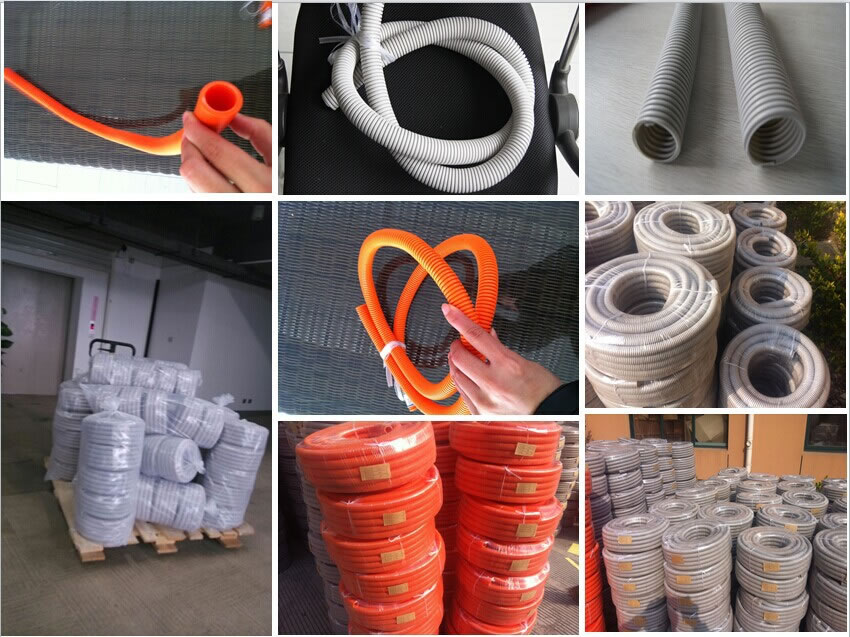2016-04-25
Determination of a
conduit’s dimensions begins with the largest cable, or group of
cables or innerducts,
intended for occupancy. From a functional viewpoint, selection
of diameter can be broken
down into the following general considerations:
1. The inside diameter of the conduit is
determined by the cable diameter and
placement method (pulling
or air-assisted pushing).
2. Pulling cables into underground conduits
requires sufficient free clearance and is
typically further
distinguished by classifying the cables into two groups: power
and coax (short lengths)
and fiber (long lengths). Additionally, electrical cable
fill is controlled by the
National Electric Code (Chapter 9), whereas, dielectric, or
fiber optic cables, are
not.
3. Long pulling lengths require low volume fill,
i.e. 36% max.
4 Short pulling lengths may be filled up to
53%, or up to the latest NEC limitations
for groups of cables.
5. Push-blow installation methods for long
length fiber cables utilize higher volume
fills, i.e. up to 70%
max.
6. Innerducts are smaller diameter conduits,
intended for placement into larger
Chapter 14
Duct and Conduit
480
conduits or casings.
Their purpose is to subdivide the larger conduit space
into discrete continuous
pathways for incorporation of fiber optic cables.
Diameters of conduits and
innerducts are often specially designed to maximize
the conduit fill.
Using these guidelines,
one can determine the minimum ID of the conduit or
innerduct. When
over-sizing a conduit for power, coaxial or multi-pair telecom
cables, the more room the
better. This rule does not necessarily apply for push-blow
methods of installation.
Here, it is found to be more difficult to push a cable with
additional clearance
since a cable tends to form a helix, which transfers some of the
axial load laterally into
the wall causing friction. The air velocity moving over the
cable can also be
maximized with a minimum volume of air when the free volume
is low. Higher air
velocities result in improved drag forces on the cable, thus aiding
with its placement.

Friction in Conduit Systems
Conduit vs Pipe
